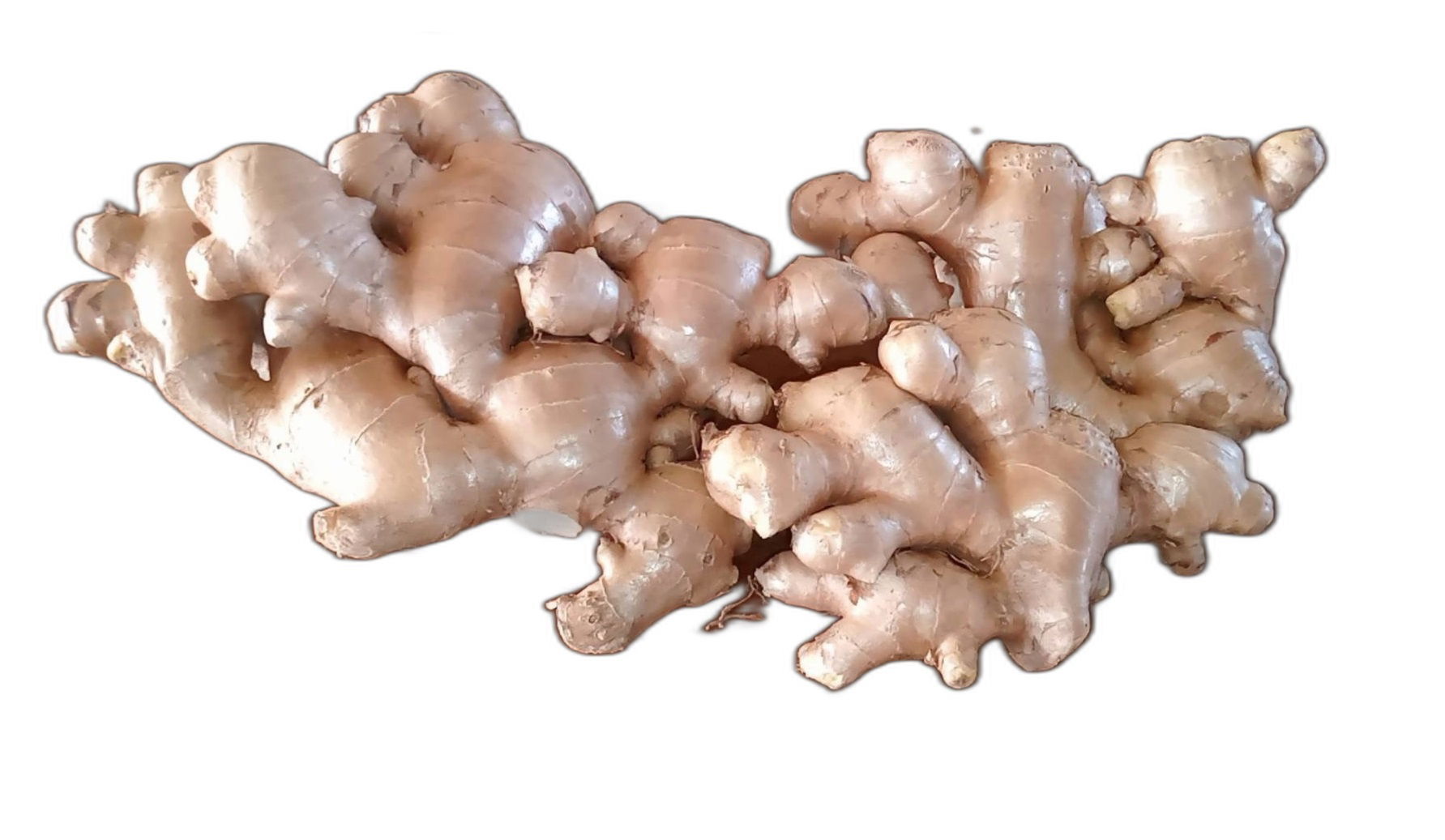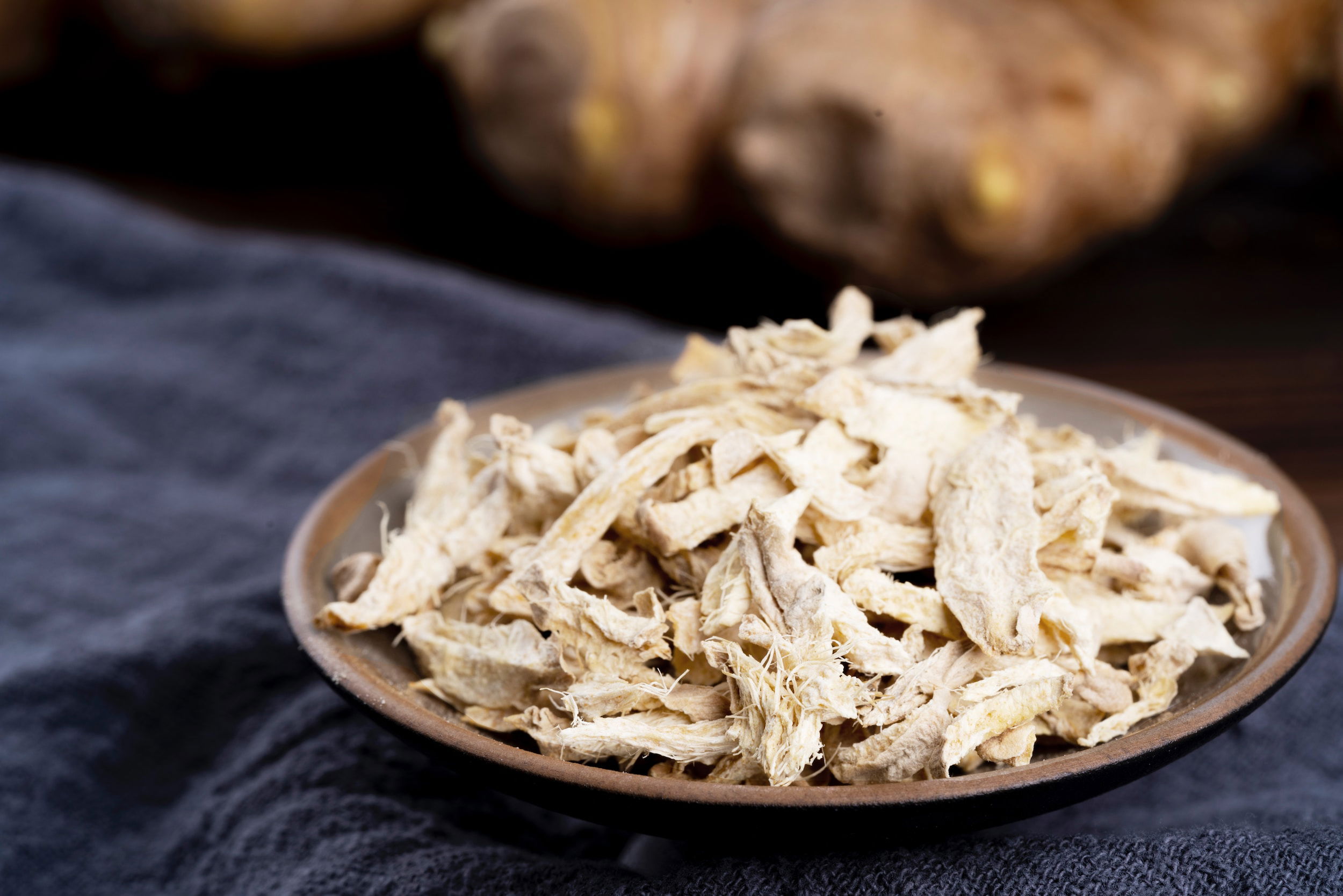The Farming Process of Ginger in Thailand
Ginger is a beloved spice that has been used in many cultures for centuries, and Thailand is one of the world's top producers of this versatile root. The journey of Thai ginger, from farm to factory, is a fascinating process that involves a combination of traditional farming techniques and modern innovation.
In this article, we will explore the various aspects of Thai ginger production, including farming, harvesting, processing, quality control measures, and exportation. We will also discuss the role of innovation in maintaining global competitiveness, the potential impact of climate change on future production, and the importance of Thai ginger production for the local economy.

1. Introduction: Ginger in Thailand
The History of Ginger in Thailand
Ginger has long been a beloved ingredient in Thai cuisine. In fact, it has been used both as a spice and a traditional medicine for thousands of years. Ginger is a root that is very versatile and can be used fresh, dried, powdered, or as an oil or juice. Most of the ginger in Thailand comes from farms in Chiang Mai, Chiang Rai, and Lamphun provinces. The growing process of Thai ginger is unique and involves several steps to ensure the highest quality crop.
2. The Farming Process of Ginger in Thailand
The Types of Ginger Grown in Thailand
Selecting the Right Soil for Ginger Farming
Preparing the Land for Ginger Farming
There are two main types of ginger that are grown in Thailand: the wild ginger and the cultivated ginger. Wild ginger grows naturally in the forests and is picked by hand. While cultivated ginger is grown in large-scale farms and uses a more deliberate process.
To grow high-quality ginger in Thailand, farmers must select the right soil and land. The soil should be well-drained, rich in organic matter, and have a pH level that ranges between 5.5 and 6.5. Farmers must also prepare the land well in advance of planting by removing weeds and rocks, tilling the soil repeatedly, and adding organic matter.

3. Harvesting and Processing of Ginger in Thailand
Timing the Harvest of Ginger
Techniques for Harvesting Ginger
Cleaning and Sorting Ginger
The ginger crop in Thailand is typically harvested between six and eight months after planting. The timing is crucial as it affects the quality and taste of the ginger. When harvesting ginger, farmers will use a combination of hand tools and machinery to uproot the plants. They will then remove the stems and leaves and wash the ginger to remove any dirt and debris.
After the ginger has been cleaned, it is sorted by size, color, and quality. The highest quality ginger is packed in wooden crates and sent for export to other countries.
4. Quality Control Measures in Ginger Production
The Role of Government in Ginger Production Quality Control
Quality Control Measures at the Farm Level
Quality Control Measures at the Processing Level
The Thai government plays an essential role in ensuring the quality of ginger production. They have implemented strict quality control measures at every stage of the production process, from farming to processing. Farmers are required to obtain a license before cultivating ginger, and they must comply with government regulations on the use of pesticides and fertilizers.
At the farm level, farmers must ensure the ginger is grown under appropriate conditions, and they must follow strict guidelines for harvesting, cleaning, and sorting. At the processing level, the ginger is further checked for quality, including weight, moisture content, and color. Any ginger that does not meet the quality standards is rejected and cannot be exported.
In conclusion, Thailand has some of the finest ginger in the world. The unique farming process, combined with quality control measures, ensures that Thai ginger is of the highest quality. From farm to factory, every step of the production process is closely monitored to deliver the best possible product.

5. The Role of Innovation in Ginger Production in Thailand
When it comes to ginger production, Thailand is no stranger to innovation. In fact, the country's farmers and processors have continuously updated their techniques to keep up with the latest trends in the global market.
Innovation in Ginger Farming Techniques
One significant innovation in ginger farming techniques is the use of high-yield varieties that are resistant to pests and diseases. Farmers have also adopted advanced irrigation systems that conserve water and ensure optimal growth conditions for the ginger crops.
Innovation in Processing Techniques
On the processing side, Thailand has invested in modern machinery that ensures consistent quality and improves efficiency. For instance, ginger is now peeled and sliced using machines, resulting in higher volumes of processed ginger at a faster rate.
The Importance of Innovation in Maintaining Global Competitiveness
Innovation is crucial in maintaining Thailand's position as a leading exporter of ginger. By embracing new technologies and techniques, Thai ginger producers can keep up with the changing demand for ginger products in the global market.

6. Ginger Exportation and the Global Market
Thai ginger has become a sought-after product in the global market due to its unique flavor and high quality. Ginger exports have become a significant contributor to the Thai economy, with the country exporting over 100,000 tons of ginger annually.
The Top Export Markets for Thai Ginger
The top export markets for Thai ginger include the United States, Malaysia, Japan, and China. These countries have a high demand for ginger products and rely on Thailand to supply them.
The Importance of Ginger in Global Trade
Ginger has significant commercial value globally due to its diverse uses in the food and beverage industry. Ginger is a key ingredient in many products, including carbonated drinks, sauces, and confectionery items.
Challenges Faced in Exporting Ginger from Thailand
Despite the high demand for Thai ginger, there are challenges that Thai exporters face, including increasing competition from other ginger-producing countries and fluctuations in weather patterns that affect crop yields.

7. The Future of Ginger Production in Thailand
Looking to the future, the Thai government and ginger producers are exploring new ways of ensuring sustainable ginger production that benefits both the environment and the economy.
The Role of Sustainable Farming Practices in the Future of Ginger Production
Sustainable farming practices such as crop rotation, organic fertilizers, and the use of natural pest control methods are essential in ensuring the longevity of ginger production. These practices can also improve soil health and prevent environmental degradation.
The Importance of Investing in Research and Development in Ginger Production
The Thai government and private sector are investing heavily in research and development to improve ginger production techniques, develop new high-yield ginger varieties and reduce the environmental impact of ginger farming.
The Potential Impact of Climate Change on Ginger Production in Thailand
As with most agricultural products, ginger production in Thailand may be affected by climate change. This could lead to changing weather patterns, which may negatively impact ginger yields in the future.

8. Conclusion: The Importance of Thai Ginger Production for the Local Economy
Thai ginger production plays a vital role in the country's economy, providing employment for thousands of farmers and processors and contributing significantly to the country's export revenue. By embracing innovation and sustainable practices, Thai ginger producers can ensure that ginger remains a valuable commodity globally for years to come.
In conclusion, Thai ginger production is a vital aspect of the country's economy, with its journey from farm to factory being a combination of traditional farming techniques and modern innovation. Quality control measures ensure that only the finest ginger is produced, and Thailand has established itself as a leading exporter of ginger worldwide. With the ever-changing global market and potential impact of climate change, it is important to invest in sustainable farming practices and research and development to ensure a bright future for Thai ginger production.
FAQ
1. What makes Thai ginger unique?
Thai ginger is known for its distinct flavor profile, which is spicier and more pungent than ginger from other regions. The soil and climate in Thailand also play a significant role in the development of Thai ginger's flavor and aroma.
2. How is Thai ginger exported?
Thai ginger is exported via air and sea transportation, with the majority of shipments going to Japan, the United States, and Europe. Exporters must comply with strict quality control measures to ensure that only the finest ginger is shipped overseas.
3. What challenges does Thai ginger production face?
The production of Thai ginger faces several challenges, including climate change, pests and diseases, and competition from other ginger-producing countries. To overcome these challenges, farmers and producers must invest in sustainable farming practices and innovation to maintain their global competitiveness.
4. How is Thai ginger consumed?
Thai ginger is used in a variety of dishes, from savory curries to sweet desserts. It is also used in traditional Thai medicine for its various health benefits, including its anti-inflammatory and digestive properties.
